What's New in Robotics? 11.06.2021

Posted on Jun 11, 2021 1:10 PM. 6 min read time
News briefs for the week take a look at differing tech for keeping robots/cobots safe around people, collaborating tech for farm and field, China’s skyrocketing demand for robots, plankton-hunting “smart” maritime robots, Argonaut’s new home in liquid argon, and the emerging collision of robots, jobs and productivity.
Robots/cobots: safety vs. safety challenge
Realtime Robotics’ real-time motion planning software vs. Blue Danube Robotics’ Airskin robot safety shielding.
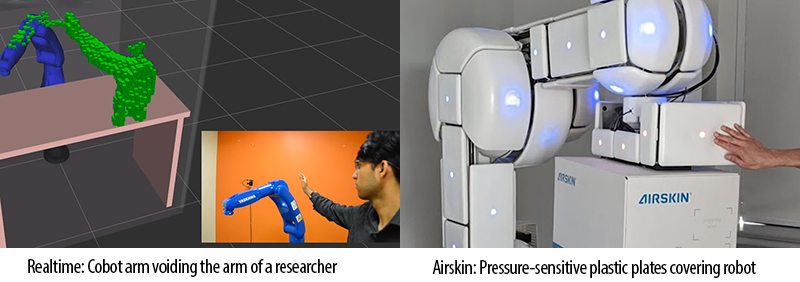
Keeping robots, cobots, work pieces, and people safe from collisions with each other. Which is best: Software or pressure-sensitive hardware?
If, as they say, software is eating the world, then Boston-based Realtime Robotics’ real-time motion planning software, which has done lots of growing since RapidPlan and RapidSense, back in 2019, seems to have a mighty edge in any competition for making robots, as Reatime puts it, “Do Real Work, Real Fast, in the Real World”. Investors recently showed their belief in the software by ponying up $31 million.
On the other hand, Austria-based Blue Danube Robotics’ AIRSKIN is a pressure-sensitive skin attached to the exteriors of robots, cobots and grippers. “To activate AIRSKIN, only 5 Newtons of force is needed. The soft, thick pads will dampen collisions, absorb collision energy and avoid any high local pressures.”
Which has the better upside? Eventually or quickly will one safety solution triumph over the other? Is there room in the marketplace for both?
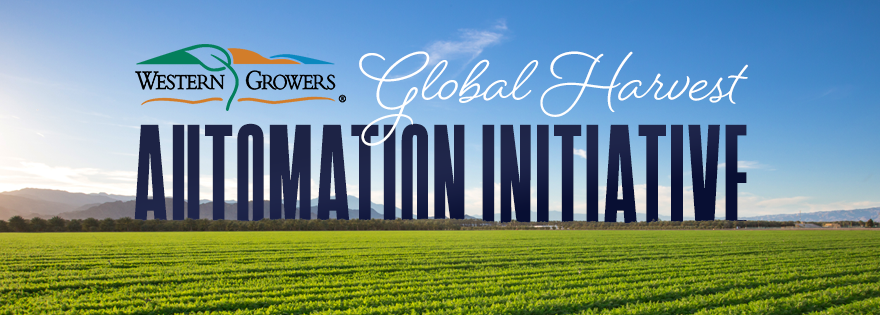
Sensible new initiative: Developers to share ag tech
Startups and established ag companies to share technology, announces the Global Harvest Automation Initiative.
13 global ag-tech companies will “collaborate on shared components and systems to get robust technology into growers’ hands 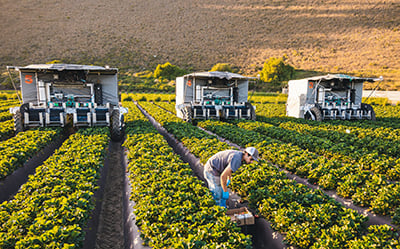 faster.”
faster.”
The reasons for the “sharing initiative” are commonsense and long overdue.
Walt Duflock, vice president of innovation at Western Growers, put it in a nutshell: “Most harvest startups build the entire technology stack themselves — from imaging and artificial intelligence to robotic end-effectors and automated movement up and down the fields.
“The innovators in this cohort are both startups and established companies that will get help integrating with industry-standard tractors, robot arms and sensors, which can commoditize up to 60–80 percent of the startup’s technology stack.”
Sharing engineering expertise, saving on investment, getting new innovations more quickly to market, and making global friends are all expected outcomes of the initiative.
China’s robot demand skyrockets to 350k by 2024!!
With China’s birthrate in 2020 the lowest in over 40 years, with labor's net contribution to growth in 2021 at zero, and with an “ever fewer people bearing the costs of their aging elders,” how is it possible that China, according to Bernstein Research and others, will be  a powerhouse of robot-driven automation with an enviable GDP?
a powerhouse of robot-driven automation with an enviable GDP?
Henny Sender, managing director at BlackRock Investments in Hong Kong, claims that China’s “aging at a time when advances in both the proficiency and the economics of robots have improved dramatically. That may well change economic dynamics going forward.”
Analysts at Bernstein Research concur, reporting in Nikkei Asian Review: “Chinese robotics demand will be by 2024 roughly the size of the entire market globally [350,000]. The world's largest manufacturer will be the largest end market for robots by multiples over any other country."
So, if you’re looking to sell robots, cobots or parts, now you know where to go.
“Smart” robots go subsea sniffing for plankton
Marine phytoplankton produce 50 per cent of the oxygen we breathe, and are a food supply for zooplankton, which, in turn, is itself a food supply for fish. Making sure that phytoplankton—microscopic, floating oxygen factories—are always abundant in the great oceans is essential; but in an age of global warming, nothing is for sure.
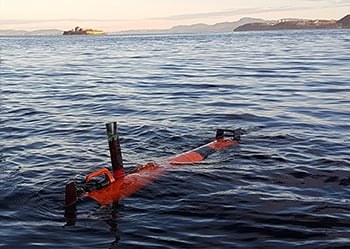
Continuous deep-sea surveillance and assessment of plankton communities is vital to the food chain and the air we breathe. However, counting and identifying plankton is incredibly hard. “It’s like looking for a zillion tiny needles in an enormous haystack — except that both the haystack and the needles are constantly moving around in the vast reaches of the ocean, and over space and time.”
Enter the LAUVs or lightweight autonomous underwater vehicles. The LAUV is a new breed of subsea autonomous vehicle: it’s smart! LAUV uses the entire processing chain of imaging, machine learning, hydrodynamics, planning and artificial intelligence to ‘image, analyze, plan and learn’ as it does its work. LAUVs enable the persistent and systematic surveillance of the upper ocean ecosystem where the plankton live, which is also a zone very vulnerable to global climate change.
The five-year project, called AILARON, sponsored by the Research Council of Norway, recently tested their LAUVs on dives off the coast of Norway.
Robot to swim in sea of super-cold argon
Dome Fuji in Antarctica, at negative 93C (negative 135F) is the coldest place on Earth, except if you’re near Batavia, IL at Fermilab’s sea of liquid argon that’s negative 193C (negative 315F).
 A 70,000-ton ocean of liquid argon will be home to Fermilab’s argon-loving robot, Argonaut. Fermilab scientists are developing one of the most cold-tolerant robots ever made so they can monitor the interiors of particle detectors.
A 70,000-ton ocean of liquid argon will be home to Fermilab’s argon-loving robot, Argonaut. Fermilab scientists are developing one of the most cold-tolerant robots ever made so they can monitor the interiors of particle detectors.
The robot’s mission will be “to monitor conditions within ultracold particle detectors by voyaging into a sea of liquid argon kept at negative 193C—as cold as some of the moons of Saturn and Jupiter.” In fact, deep space missions may also be a future for Argonaut and its kind.
The fist-sized robot, with 5-10 watts of power to move and communicate with the outside world, will move continually looking to detect and record neutrinos and their interactions with other neutrino particles.
Robots vs. Jobs vs. Productivity

Looming factoid: “The United States today is producing roughly the same amount of goods and services as before the coronavirus pandemic — but with 8.2 million fewer workers, equal to the combined payrolls of every employer in Virginia, Arizona, and Iowa.”
COVID forced executives to innovate, often by accelerating the introduction of industrial robots, advanced software, and artificial intelligence that reduced their dependence upon workers who might get sick.
And the trend is accelerating. Retailers, food processors, energy producers, manufacturers, and railroads all are stepping up their use of machines.
“Employers’ embrace of automation has survived the economy’s move from recession to rebound and is getting new life now that many companies are struggling to attract enough workers to meet surging demand.”
The U.S. Bureau of Labor Statistics reports: “Greater automation helped U.S. companies navigate the unprecedented disruption of the pandemic. Adjusted for inflation, U.S. productivity has risen by almost 4 percent since the fourth quarter of 2019, nearly twice the increase in output-per-worker over the past five quarters.”
Is reskilling the vaccine to a coming pandemic of joblessness?

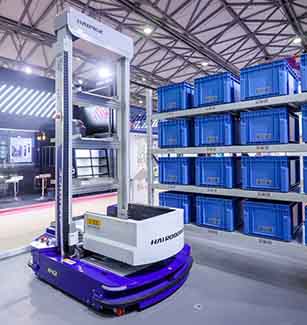
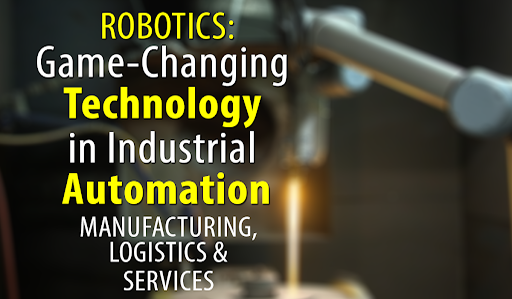

Leave a comment